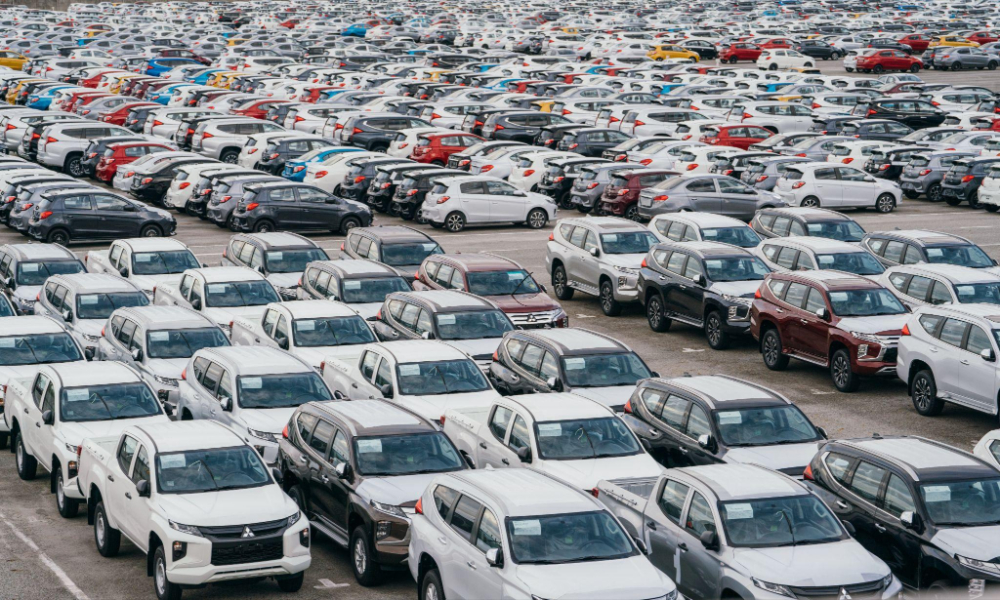What Happens to Vehicles After Long-Term Rental in Singapore?
The car market in Singapore is unique due to the high cost of ownership, the Certificate of Entitlement (COE) system, and limited land resources. Many individuals and businesses turn to vehicle leasing and long-term rental as cost-effective alternatives to buying. However, an often-overlooked question is what happens to these vehicles once the rental term ends. Understanding this process helps customers and businesses see the broader life cycle of rental cars and the financial or environmental factors influencing their use.
What Happens to Vehicles After Long-Term Rental?
Return and Inspection Process
At the end of a long-term rental, vehicles are first returned to the leasing company for a thorough inspection. This assessment covers mileage, servicing history, and any damages beyond fair wear and tear. Most leasing firms have clearly defined return conditions, and any repairs outside standard maintenance are billed to the client. This step, for businesses using vehicle leasing arrangements, ensures accountability and transparency in vehicle management. Inspections also help determine whether the car is suitable for continued leasing, short-term rental, or resale.
Refurbishment and Resale
Once inspected, vehicles in relatively good condition may go through refurbishment. This step includes cosmetic touch-ups, cleaning, and minor mechanical fixes to prepare them for the second-hand market. Ex-rental cars in the city-state are often sold at lower prices than new cars, appealing to buyers who want ownership without paying for a fresh COE. Some vehicle leasing firms maintain in-house resale channels, while others partner with used-car dealers. This resale process extends the lifespan of the vehicle and creates a secondary revenue stream for leasing companies.
Export to Overseas Markets
Not all vehicles remain in the city-state after long-term rental contracts end. Due to the limited lifespan imposed by the COE, some cars are exported to overseas markets where regulations allow for longer use. Countries in the region with fewer restrictions may import ex-rental cars for continued operation. Export is especially common for models that remain in good condition but are nearing the end of their COE cycle. This practice ensures that vehicles are fully utilised and not prematurely scrapped.
Conversion into Short-Term Rentals
Another pathway for post-rental vehicles is conversion into short-term or daily rental fleets. Cars that are no longer ideal for long-term rental in Singapore but are still roadworthy are repositioned for shorter commitments. These vehicles suit tourists, business travellers, or individuals needing temporary transport. This strategy maximises the commercial use of each car before it is eventually retired or sold, ensuring vehicle leasing firms achieve higher utilisation rates.
Scrapping and Recycling
Eventually, every rental vehicle reaches the end of its usable life, whether due to high mileage, excessive wear, or the expiry of its COE. Cars in such cases are deregistered and sent for scrapping. This process often involves reclaiming a portion of the car’s value through the Preferential Additional Registration Fee (PARF) or COE rebate. Components that remain functional, such as engines or parts, may be recycled or resold. This cycle reflects the region’s regulatory framework for efficient vehicle leasing turnover and sustainability.
Implications for Businesses and Consumers
Understanding the post-rental pathway of vehicles clarifies to businesses why leasing and rental rates are structured the way they are. The ability of vehicle leasing firms to recover costs through resale, export, or scrapping helps stabilise pricing models. Meanwhile, for consumers, it provides reassurance that vehicles are properly managed, and in the case of resale, it offers opportunities to purchase cars at lower entry costs. It also highlights the sustainability benefits of extending a vehicle’s lifecycle through multiple uses.
Conclusion
The end of a long-term rental in Singapore is not the end of a vehicle’s journey. Cars go through a well-defined cycle involving inspection, refurbishment, resale, export, or recycling. This system reflects the realities of the region’s car market and demonstrates how vehicle leasing firms maximise the use of their assets while meeting regulatory requirements. This knowledge provides businesses and individuals with clarity on where their leased or rented cars go and why the market operates with efficiency and structure.
Contact Eurokars Leasing and secure reliable cars without the financial burden of ownership.

